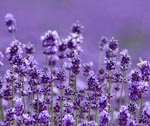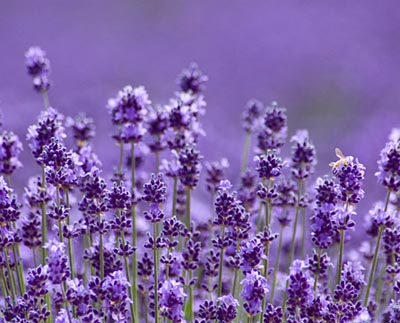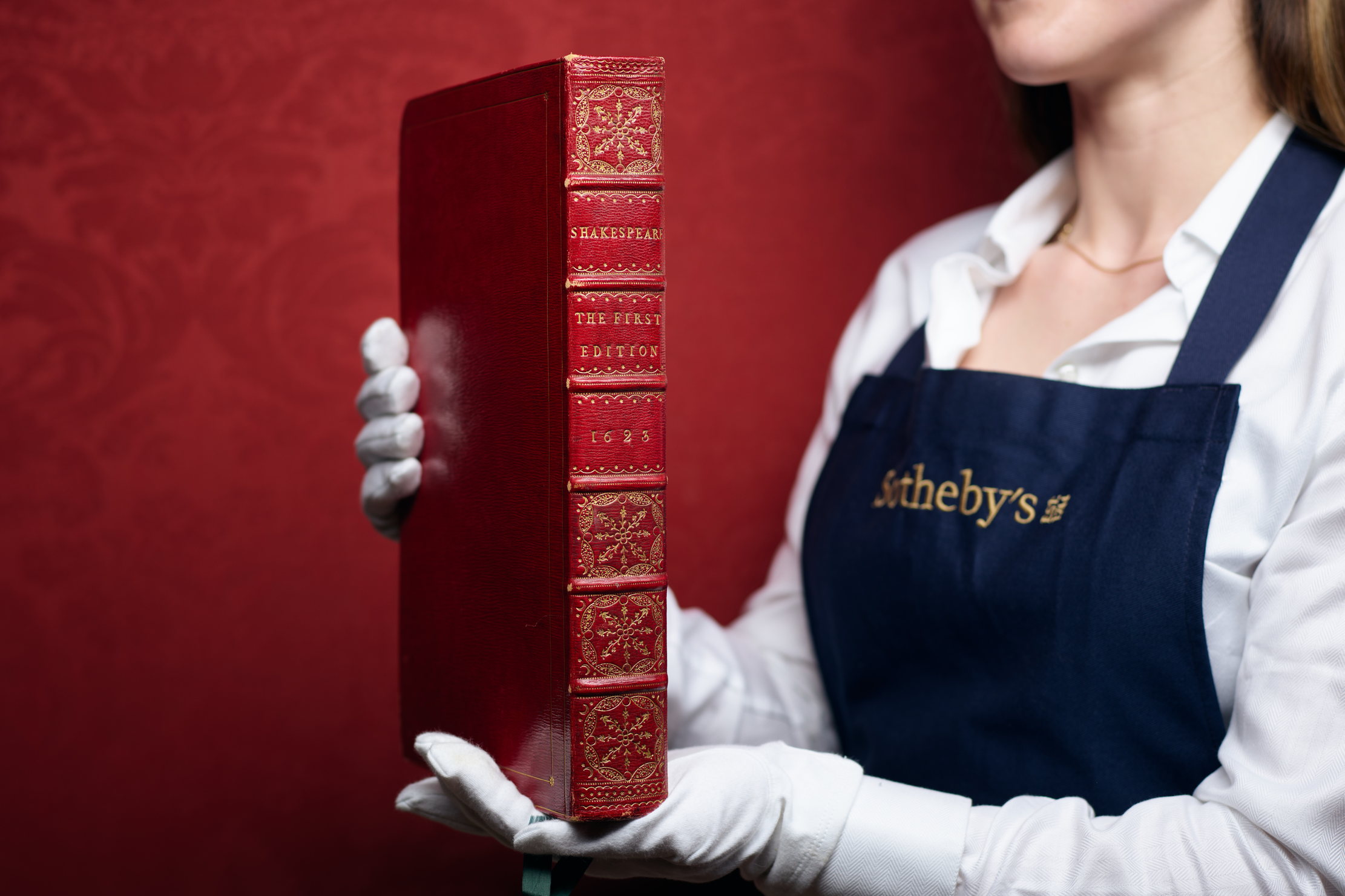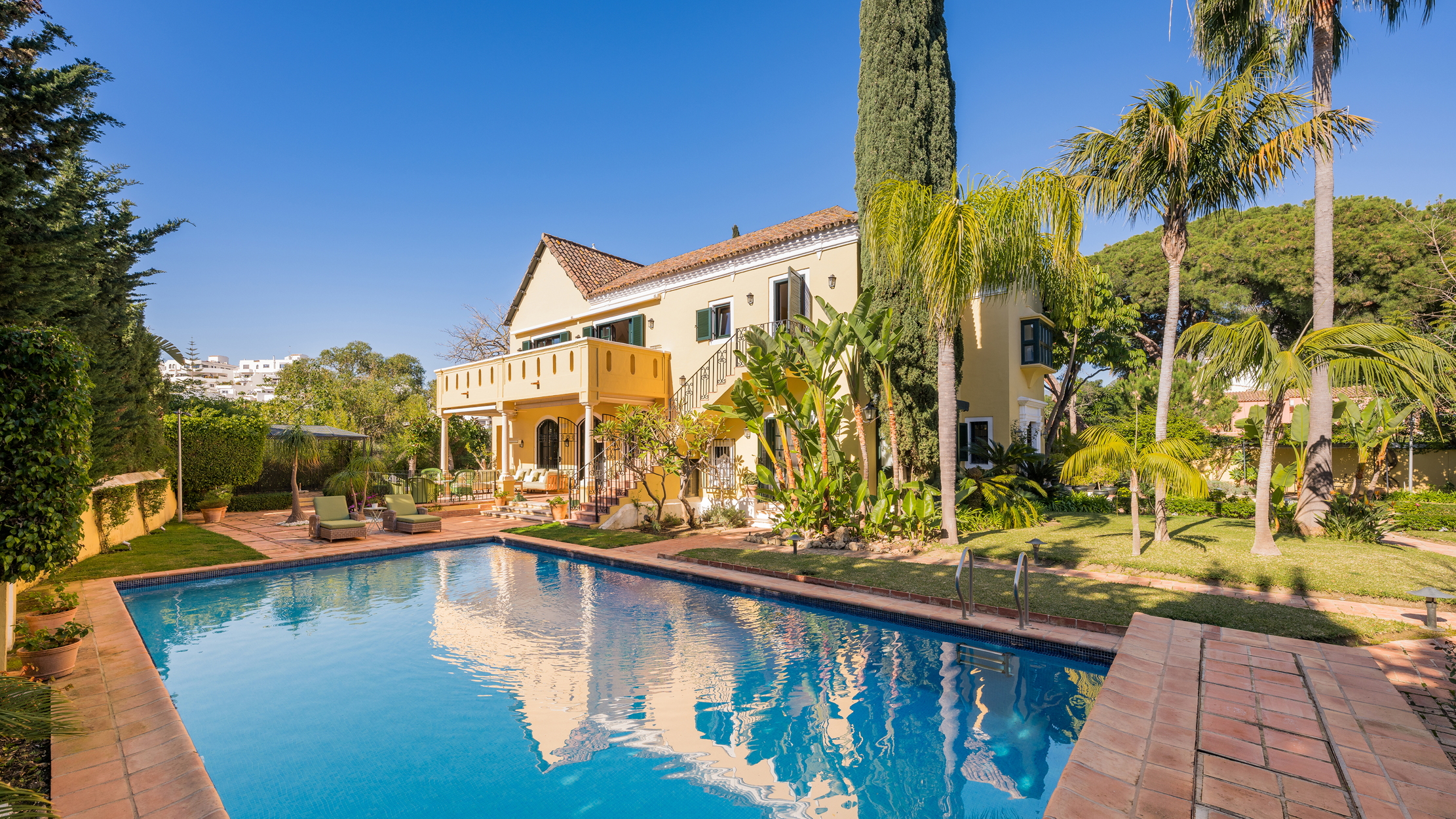Brilliant British scents
British scent is undergoing a revolution, with natural smells coming back to the forefront from Jo Malone, Floris and Penhaligon’s


Scents are surer than sounds or sights/To make your heartstrings crack,' wrote Rudyard Kipling in the opening stanza of Lichtenberg, a poem set in South Africa, where he travelled regularly, during the Boer War. It's extraordinary how powerful smells can be, and how readily they can evoke a memory, such as the scent one's mother wore, immediately transporting one back to striped pyjamas, linen sheets and a country childhood.
‘There's a quiet scent revolution going on in England,' comments Celia Lyttelton, author of The Scent Trail: a Journey of the Senses. ‘The current trend is towards more natural scents.' Authentic perfumes, she explains, are composed like a symphony of harmonious notes and chords. Even the National Trust has jumped on the ‘natural-scent bandwagon', recently launching four fragrances: Garden, Wild Rose and Camomile (inspired by Sissinghurst); Woodland, Beechwood and Bramble (for the Ash-ridge estate in Hertfordshire); Coast, Rock Samphire and Driftwood (for the Holnicote estate on Exmoor, west Somerset); and Countryside, Cowslip and Meadowsweet (inspired by the Golden Cap estate, Dorset).
The current trend towards romantic, more natural scents seems to hark back to a time when we were more closely connected to the countryside. ‘There is a yearning for nost-algic, very romantic, dreamy scents such as Night Stocks, capturing the smell of a dew-soaked English country garden,' adds Emily Maben of Penhaligon's. The company was started by Cornishman William Penhaligon, who came to London in the 1870s to sell scents to gentlemen. Today, it's a market leader in quintessential English scents, selling its products in handsome glass bottles adorned with discreet botanical illustrations and smart little fabric bows. The range includes Violetta, Orange Blossom, and Endymion, as well as several specifically created for men, such as Blenheim Bouquet. The company's cult classic is the reassuring Bluebell worn by Margaret Thatcher, Tilda Swinton and Kate Moss.
Creating a perfume is a delicate art, relying on a highly trained sense of smell. The ‘noses', as they are known in the trade, endlessly test their compositions until the right balance is struck. The majority of perfumes contain anything from 30 to several hundred ingredients, creating layers that, in turn, are comprised of ‘notes'. The top notes of citrus are described as floating, the middle ones are floral and longer lasting, and the base notes are usually woody. For example, Penhaligon's scent Violetta has citrus and geranium head notes, violet heart notes and sandalwood, cedarwood and musk base notes.

‘There is a growing emphasis on localism and traceability in the scent industry as people are becoming more and more reconnected with the countryside,' according to Caroline Alexander of Castle Farm, one of the biggest growers of lavender in the country, selling lavender oil via a co-op-erative to many perfumers, pharma-ceutical companies and producers of toiletries. ‘Scents come and go, but lavender doesn't,' she says. Mrs Alexander's family has owned and farmed the 1,100-acre Castle Farm in the Darenth valley in Kent for more than 100 years and began diversifying in the 1980s, progressing onto 50 different varieties of flowers.
In 1998, it pulled out of hops for brewing, turning to lavender and installed a purpose-built steam-distillation plant in 2002. Today, the family grows lavender on 85 acres. ‘We're even being approached by French buyers-they want a reliable source year on year.' Castle Farm's annual Lavender Festivals in July attract more than 10,000 visitors and offer blissful massages under parasols among the lavender fields.
In 1994, Jo Malone spearheaded the vogue for independent British perfumers in a market then dominated by the once dowdy, now transformed, traditional firms such as Floris, by bursting onto the scene with delicious fresh smells emanating from her diminutive boutique on London's Walton Street. Nutmeg and Ginger was the first scent, but it's the zingy Lime, Basil and Mandarin that has come to be regarded as Miss Malone's signature scent.
Sign up for the Country Life Newsletter
Exquisite houses, the beauty of Nature, and how to get the most from your life, straight to your inbox.
Lyn Harris started Miller Harris in 2000 and is one of the only English ‘noses' to have had classic French training in Grasse, historic centre of the perfume industry. At first, she was inspired by her grandparents' walled garden in Scotland, but, 10 years on, her foreign travels have been a huge influence and her range of scents includes exotic ingredients such as galbanum, a resin from Persian fennel, Tunisian neroli and Italian bergamot. Her distinctive packaging draws on the current renaissance of botanical art and has become an instantly recognisable classic. Every product is adorned with the same bold botanical drawing, with a different colour background for each fragrance. ‘People forget what their scent is called, so they ask for "the pink one",' says Charlotte Fielder.
For those in search of an exotic but British perfume house, Ormonde Jayne is a discreet purveyor of highly sophisticated, unusual scents blended by Linda Pilkington, who first became interested in scent when she was given an old bottle as a child. ‘I've pioneered composing perfume using ingredients not widely used, for instance, hemlock, and am always looking for ingredients that no one else is using,' explains Mrs Pilkington, who blends the oils with botanical extracts, including orchid oil, water lily and camellia oil. Among her scents are frangipani, osmanthus, champaca (an Indian flower), and sampaquita, national flower of the Philippines.
She proudly declares that all her perfumes are made in Belsize Park. The last word must be her Osmanthus Gold Crème, an alcohol-free matrix made with natural sugars and blended with a compound of osmamthus and little bits of gold-if dabbed onto the shoulders or décolletage, it leaves an alluring smell as well as a subtle shimmer on the skin. Pure luxury.
Country Life is unlike any other magazine: the only glossy weekly on the newsstand and the only magazine that has been guest-edited by HRH The King not once, but twice. It is a celebration of modern rural life and all its diverse joys and pleasures — that was first published in Queen Victoria's Diamond Jubilee year. Our eclectic mixture of witty and informative content — from the most up-to-date property news and commentary and a coveted glimpse inside some of the UK's best houses and gardens, to gardening, the arts and interior design, written by experts in their field — still cannot be found in print or online, anywhere else.
-
 Folio, Folio, wherefore art thou Folio? Shakespeare set to be auctioned by Sotheby's
Folio, Folio, wherefore art thou Folio? Shakespeare set to be auctioned by Sotheby'sFour Folios will be auctioned in London on May 23, with an estimate of £3.5–£4.5 million for 'the most significant publication in the history of English literature'.
By Lotte Brundle
-
 Damon Hill's former home in Marbella is the perfect place to slow down
Damon Hill's former home in Marbella is the perfect place to slow downThe glorious Andalusian-style villa is found within the Lomas de Marbella Club and just a short walk from the beach.
By James Fisher